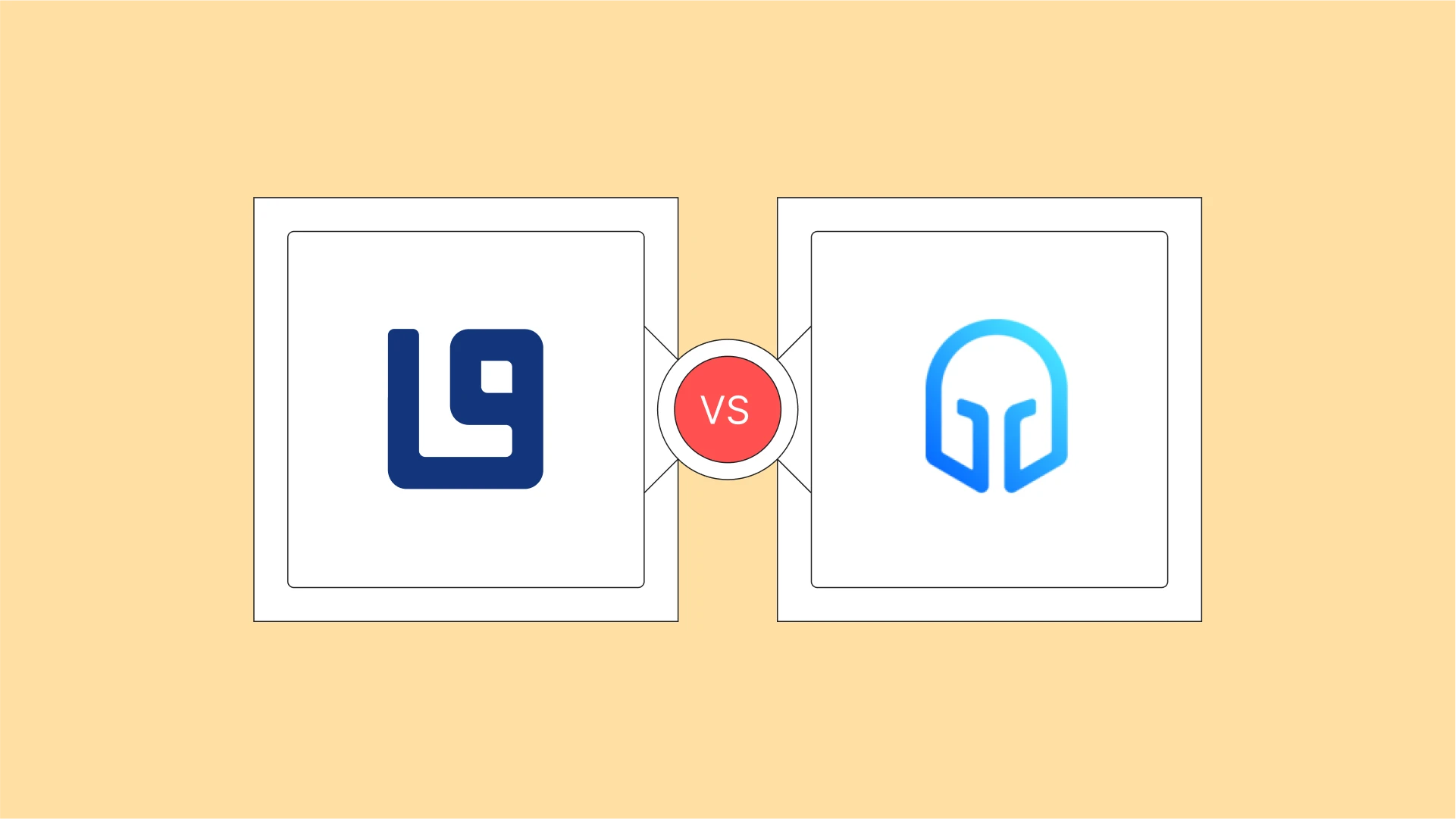The GSI policy was created by the Central Bank and banks way back in 2020 to deal with the issues of chronic past due loans that nobody wants to pay. The policy allowed banks to recover debts from the accounts of borrowers in other banks so as to settle up.
And since its launch, it has been successful within the banking lending space even though customers are also shifting their behaviors. But nevertheless, at a national scale, we hardly feel the type of impact we expect.
Now the big question is what impact were people expecting?
Generally, we believe that if GSI was doing its job, non performing loans (NPL) for lenders will reduce, which means lenders will have more assurance to lend money because they know that if they give you money they will get their money back.
Featured read: 6 common misconceptions about using GSI for loan recovery
Reasons why most lenders don’t have access to GSI
1. Limited accessibility
Right now, GSI only applies to a certain kind of bank, those regulated by the Central Bank of Nigeria. This leaves out many lenders who are important to the financial system, like cooperatives, money lenders, and asset finance companies.
Even microfinance banks, which were supposed to be included, are still waiting to get access because ongoing discussions with the Central Bank have delayed them. This limited reach makes GSI less effective than it could be.
2. Not yet available for finance houses either
Finance houses, as of 2024, are yet to get operational access to the GSI system. This means GSI doesn’t cover all the different players in the lending market, which limits its ability to tackle loan defaults across the board.
3. Quality of official how-to can be better
The explanations and instructions about GSI, both for borrowers and lenders, are not clear or easy to find. This lack of clear information makes it hard for people to understand how GSI works and why it’s important. Better communication from the Central Bank would go a long way in making GSI a success.
4. Technical challenges
Although GSI should have an API implementation for seamless integration, the actual execution has been less than ideal. The system is often described as clunky and inefficient, raising concerns about its reliability and scalability. These technical shortcomings further discourage lenders from adopting GSI.
5. Limited use across lenders
Many lenders, especially those outside the banking sector, are yet to use GSI because it was initially a design for big banks.
This, combined with the technical challenges and unclear instructions, has created a loophole. Borrowers who have trouble repaying loans can simply switch to banks like Moneypoint and OPay that don’t allow debits from GSI. This makes it harder to achieve the goals of GSI.
Lenders still have access to reliable loan repayment options
While we encourage CBN to fix these issues, lenders on Lendsqr can still access more reliable ways to collect loans from customers such as the NIBSS direct debit feature natively integrated to the Lendsqr loan management software.
If you wish to learn more about direct debit or to settle issues regarding loan repayment, simply reach out to your trusted partners at support@lendsqr.com.




